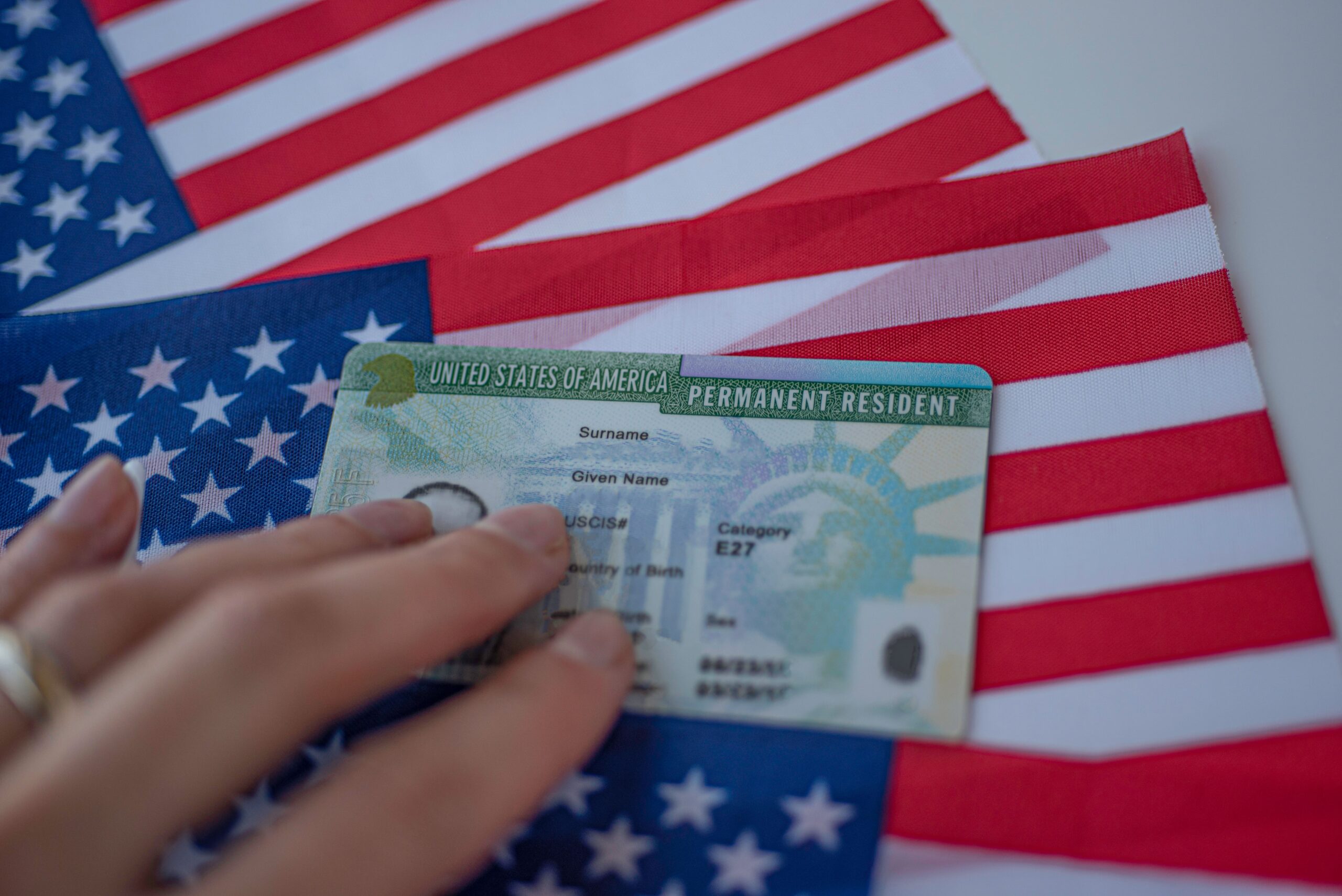When U.S. Immigration and Customs Enforcement (ICE) or Customs and Border Protection (CBP) detains a loved one, you may feel at a loss for what to do next. Securing their release is often a top priority. You may get your loved one released by paying a bond for detained immigrants.
At the Law Office of Rosina C. Stambaugh, we understand the immense stress and pressure that noncitizens being detained by immigration authorities place on their loved ones. With extensive experience handling complex immigration cases—including deportation defense and bond hearings—we are here to help.
What Is a Bond for Immigration Detainees?
An immigration bond is an amount you can pay to secure the release of a noncitizen detained by CBP or ICE. The bond serves as a promise that the noncitizen will cooperate with the immigration process. If they do, the government returns the bond at the end of the process.
Bond Terms
When you pay an immigration bond, the government releases the noncitizen from the detention facility. The noncitizen must follow the rules the bond sets, like regular check-ins with immigration authorities or travel restrictions. Failure to follow the requirements may result in the government revoking the bond and taking the noncitizen back into custody.
Types of Bonds
The U.S. government offers two types of immigration bonds: voluntary departure and delivery. A voluntary departure bond releases a noncitizen on the condition that they leave the U.S. within a specified time frame. In contrast, a delivery bond represents a noncitizen’s promise to attend all scheduled hearings about their immigration status while living within their community in the U.S.
How to Locate a Detained Loved One
To inquire about an immigration bond, you must know exactly where your loved one is. An experienced immigration lawyer can help track down your loved one, taking the pressure off you.
If you do not want to wait until you meet with a lawyer, you can use the ICE Online Detainee Locator System (ODLS) to locate someone detained by ICE. You will need either the person’s alien registration number (A-Number) or their:
- Full name,
- Country of birth, and
- Date of birth.
Sometimes, CBP transfers detainees to ICE custody, after which you can use the ICE ODLS to find them.
Otherwise, locating a loved one detained by CBP can be challenging because CBP facilities are usually temporary holding locations. Still, if you believe your loved one is being held at or near a U.S. border, you may contact the CBP Information Center or the local CBP office nearest your loved one’s last known location.
Immigration Bond Eligibility
ICE may offer a noncitizen bond, but you may need to request a bond hearing to be released. You request the hearing while the government initiates removal proceedings.
At the hearing, the immigration judge reviews U.S. law’s immigration bond requirements to determine your immigration bond eligibility. To decide whether to release the noncitizen on bond, the judge considers whether they are a flight risk or pose a “danger” to the community. If the noncitizen has a criminal history or history of immigration violations, the judge may be more likely to consider them one or both a flight risk and a danger. However, the noncitizen can convince a judge otherwise. Issues that occurred long ago or in isolation are less likely to result in the denial of a bond.
Flight Risk
If the government believes the noncitizen is unlikely to follow the bond’s requirements, it may classify them as a flight risk. Immigration judges may be more likely to conclude they are a flight risk if they:
- Lack a permanent residence,
- Lack stable employment, or
- Previously failed to attend legal proceedings.
Immigration judges may be less likely to conclude the noncitizen is a flight risk if they:
- Have family ties in the local area,
- Have steady employment, or
- Are involved in your community.
Ultimately, the government may deny the bond if it concludes the noncitizen is likely to flee regardless of the risk of surrendering the bond amount.
“Danger” to the Community
The government may deny bond to individuals it concludes present a “threat” to public safety based on factors like:
- Criminal history, particularly violent crimes, driving under the influence, drug trafficking, and human smuggling;
- Behavior during detention; and
- Other evidence suggesting past criminal acts, even if not convicted.
Judges also consider whether the noncitizen poses a present risk, regardless of whether they may have posed a risk in the past.
Criminal History
Certain criminal charges or convictions can make someone ineligible for an immigration bond, such as:
- Violent crimes,
- Drug trafficking,
- Human smuggling,
- Fraud, and
- Theft.
The judge considers the number of offenses, the circumstances surrounding those offenses, and the severity of the underlying conduct to decide whether to offer a bond.
Prior Immigration Violations
The government may deny bond to noncitizens with prior, documented immigration violations, such as previous:
- Completed deportations,
- Deportation orders that were not followed, or
- Voluntary departure not completed.
Generally, if the government has ever ordered the noncitizen to leave the U.S. and they did not, they risk having their bond denied.
How to Claim a Bond from Immigration
To claim an immigration bond, you should:
- Confirm your loved one’s location;
- Determine the bond amount;
- Pay the bond in full at a designated ICE office; and
- Obtain the bond receipt.
Once you pay the bond, the government should release the noncitizen detainee.
How Much Is an Immigration Bond?
The amount of an immigration bond can vary significantly based on the same factors that affect whether a judge will issue a bond at all—criminal history, flight risk, danger to the community, and previous immigration violations. That said, how much is an immigration bond? Immigration bonds may range from $1,500 to $25,000 or even higher. Resources may be available to help if the bond costs too much for you to be able to pay.
How to Check Immigration Bond Status
To check the status of an immigration bond:
- Contact the ICE office where you posted bond,
- Contact the ICE Debt Management Center, or
- Consult your attorney.
If you contact ICE, you must provide the bond receipt number, the detainee’s information, or both.
Talk to Our Experienced Immigration Bond Attorneys Today!
Securing the release of a loved one through an immigration bond can seem almost impossible if you have been separated by ICE or CBP detention. But it may be possible, and the Law Office of Rosina C. Stambaugh can help you figure it out. We can help you request a hearing and work with you to gather the best information available, depending on the situation, to get your loved one home. Contact us today to schedule a consultation.
Resources:
- National Bond Fund—Freedom for Immigrants, link.






